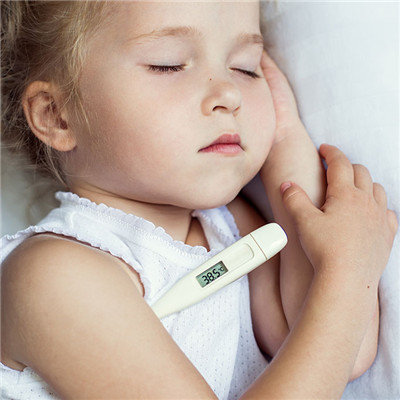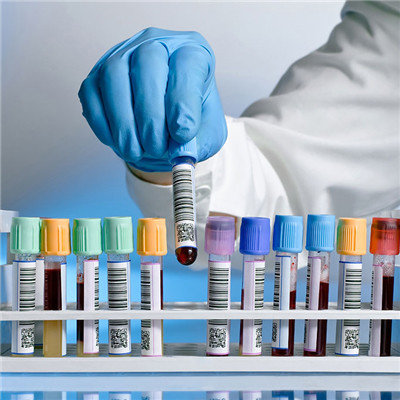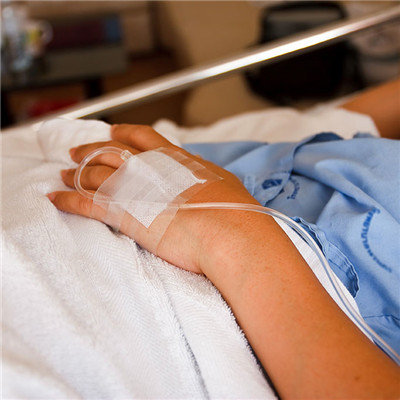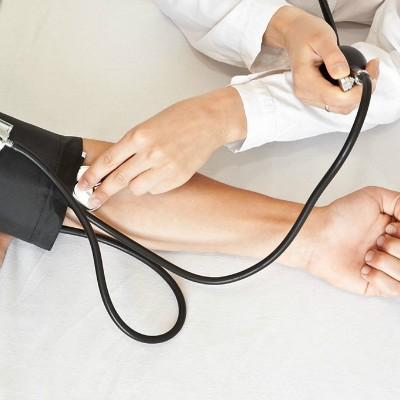Symptoms of plague
summary
Yersinia pestis is a severe infectious disease which is mainly transmitted by rat fleas. It is a kind of natural focus disease which is widely prevalent among wild rodents. The clinical manifestations were fever, severe toxemia, lymphadenopathy, pneumonia and bleeding tendency. Plague has been prevalent many times in the history of the world, with tens of millions of people dead. Before liberation, plague had been prevalent many times in China, with high mortality. Symptoms of plague? Let's talk about it
Symptoms of plague
Glandular type is the most common, often occurs in the early epidemic. Shivering, high fever, headache, fatigue, body ache, occasionally nausea, vomiting, irritability, skin ecchymosis, bleeding. At the time of onset, the lymph nodes in the drainage area of flea bite were swollen and painful, which developed rapidly and reached the peak on the second to fourth day. Inguinal lymph nodes were most frequently involved, followed by axillary, cervical and submandibular lymph nodes. Due to the severe inflammation of lymph nodes and surrounding tissues, the patient was forced into a forced position. If not treated in time, the enlarged lymph nodes will fester and burst rapidly, and die of severe toxemia, secondary pneumonia or sepsis within 3-5 days. The glandular swelling gradually dissipated or the wound healed and recovered.

Lung type can be primary or secondary to glandular type, which is more common in epidemic peak. The rapid development of pulmonary plague, acute high fever, systemic poisoning symptoms obvious, a few hours after the onset of chest pain, cough, expectoration, sputum quickly changed from a small amount to a large number of bright red blood sputum. Dyspnea and cyanosis increased rapidly. Moist rales can be heard in the lungs, and respiratory sounds are reduced. The signs and symptoms are often not commensurate. More than 2-3 days later, the patients died of heart failure and shock. Before dying, he was highly cyanotic, and his skin was often dark purple, so he was called black death.

Sepsis can be primary or secondary. The primary patient developed rapidly, with severe symptoms of systemic toxemia, central nervous system and hemorrhage. They often died within 24 hours to 3 days when they entered into delirium or coma quickly and were not rescued in time.

matters needing attention
Strict isolation and disinfection should be strictly isolated in the isolated hospital or isolated ward, and the ward must be free of rats and fleas. The patients should be treated well when they are hospitalized (changing clothes, killing fleas and disinfection). The ward and room should be disinfected regularly, and the excreta and secretion of patients should be thoroughly disinfected with bleaching powder or Lysol. The staff should wear "five tight" protective clothing, cotton gauze mask, high rubber shoes, thin rubber gloves and protective glasses.
















